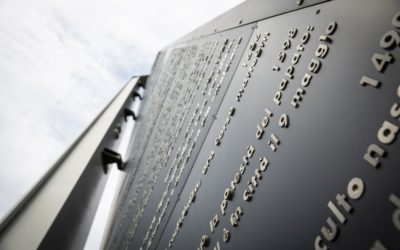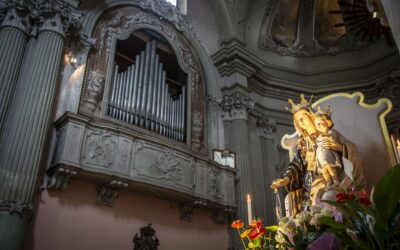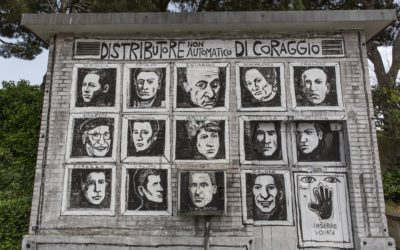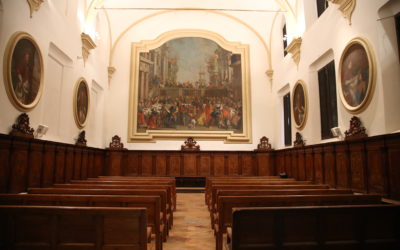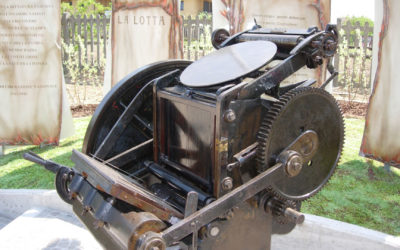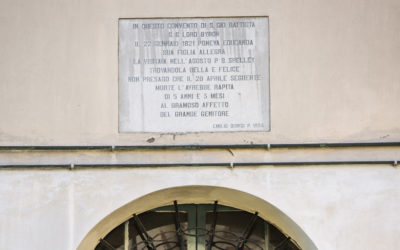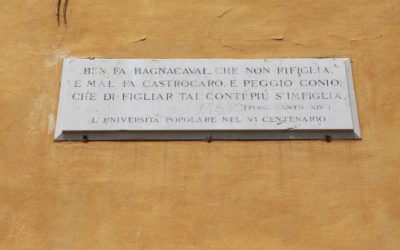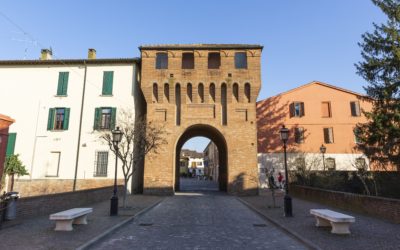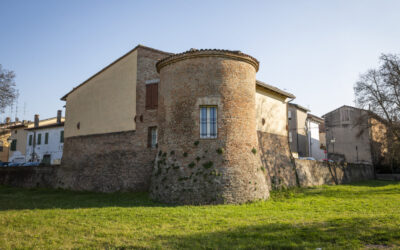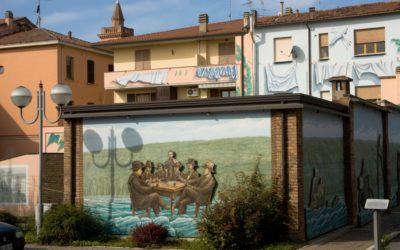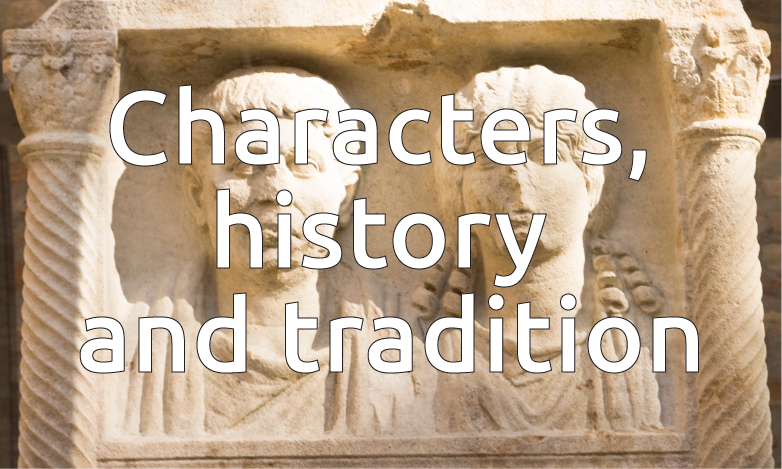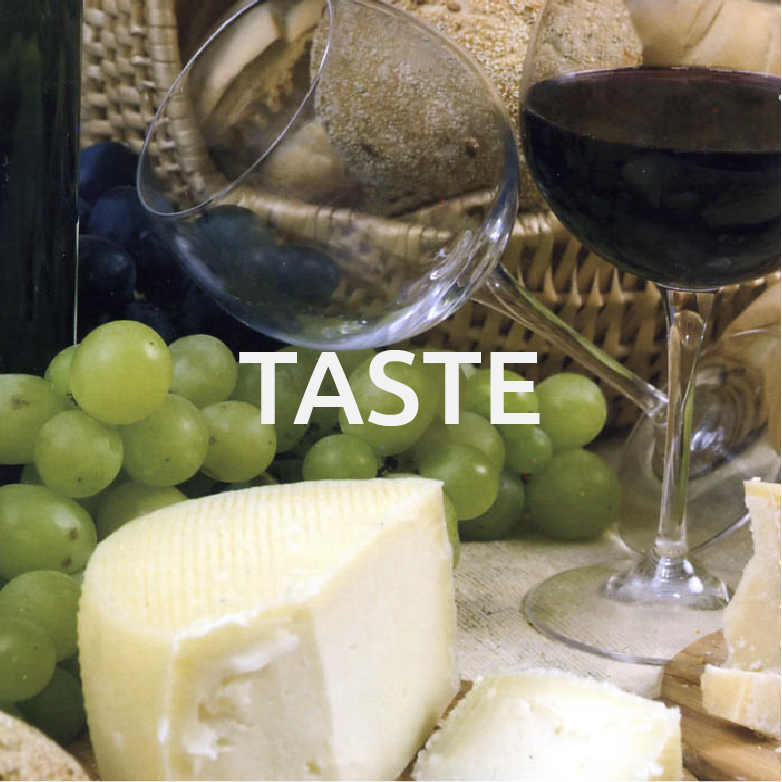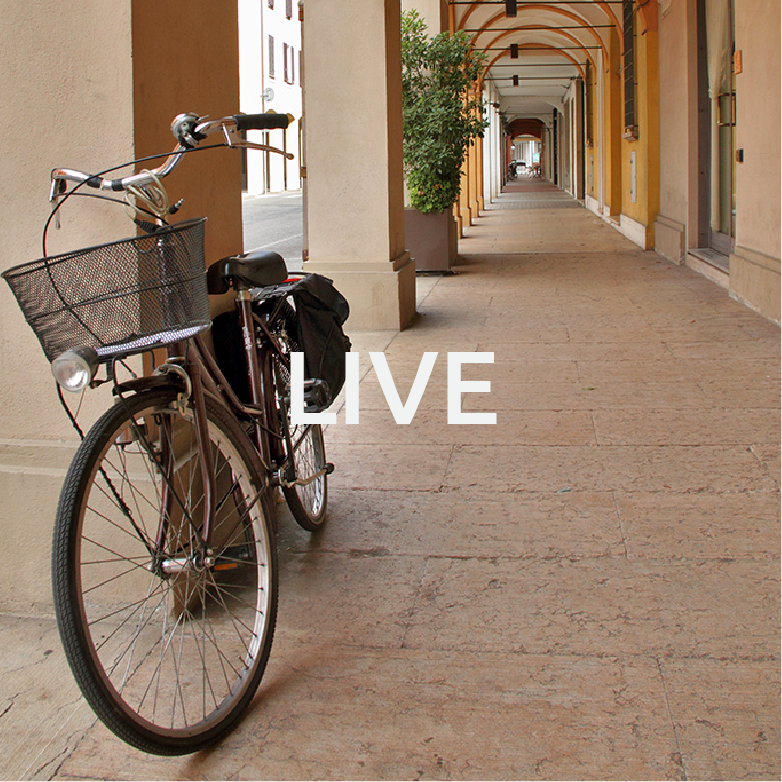Monuments
PEOPLE’S SUNDIAL
The People’s Sundial (Meridiana dei Popoli) is in the City Centre and is by Mario Nanni, artist and light designer. The 2014 monumental structure rises at the intersection of the long ago Cardo and the Decumano, the principal axes of the ancient Roman Legionary camp layout.
ANCIENT ORGANS OF LUGO AND CONSELICE
The Callido organ that is kept in the Carmine Church of Lugo was built in 1797, and it is regarded as the second most beautiful organ made by Gaetano Callido, the most beautiful one being the one of the Parish Church of Candide in Cadore (Belluno).
NON-AUTOMATIC DISTRIBUTOR OF COURAGE
It used to be an ENEL power transformer cabinet. Now it is a ‘non-automatic distributor of courage’. The street artists of ‘Collettivo FX’ from Reggio Emilia painted this mural. It depicts the faces of the four Cotignola-born Righteous heroes Luigi and Anna Varoli, Vittorio and Serafina Zanzi, as well as those of the seven Martyrs of the Senio River executed by a Nazi firing squad in October 1944, of partisan Leno Casadio and local priest Father Stefano Casadio who freed Cotignola from Nazi occupation with the ‘white flag’ scheme, and of young partisan Esiodo Rava.
REFETTORIO NUOVO (Sala Oriani) ANTICO CONVENTO SAN FRANCESCO
The Refettorio Nuovo – Sala Oriani is a congress hall.
MONUMENTO ALLA STAMPA CLANDESTINA E ALLA LIBERTA’ DI STAMPA
This monument celebrates the freedom of press and the underground press which was in action during the liberation of Italy at the end of World War II; underground press was an outstanding phenomenon during those historical events and a fundamental means to achieve freedom and liberate the country. The monument is a printing machine similar to those used during the liberation days; behind the machine stand the plates of the news magazine and the Italian and European flags, which were the inspiration for those who fought for freedom.
ALLEGRA BYRON’S MEMORIAL STONE
"In questo convento di S. Giovanni Battista G.G. Lord Byron il 22 gennaio 1821 poneva educanda sua figlia Allegra. La visitava nell’agosto P.B. Shelley trovandola bella e felice non presago che il 20 aprile seguente morte l’avrebbe rapita di 5 anni e 3 mesi al bramoso affetto del grande genitore". (‘In this convent of S. Giovanni Battista, Lord Byron put his daughter on the 22nd of January 1821. During the month of August, Shelley visited Allegra and found her healthy and happy, but the following 20th of April she unexpectedly died at the young age of five years and three months’).
DANTE ALIGHIERI’S PLAQUE
‘Ben fa Bagnacaval che non rifiglia, e mal fa Castrocaro, e peggio Conio che di figliar tai conti più s’mpiglia’ (Purgatory XIV).
LA PORTA DEL PAESE
Originally, the only doorway to access the town of Bagnara was located on the western side of the castle walls; the entrance had a drawbridge which was destroyed in 1617. The doorway was guarded by a person in charge of closing it at night and reopening in the morning; his duties included also to make sure that no one may enter the castle with arms.
FOSSE CASTELLANE E MURA (The castle moat and walls)
Bagnara’s castle is one of the few completely preserved strongholds of the whole region. Its walls were built in 1354 by Bernabò Visconti; he had the moat dug along the wall, but unfortunately it is not possible to know how deep it was, as the moat was drained in the XVIII century.
PIAZZETTA GUARESCHI
This small square located in the historical town centre of Conselice was recently named after the writer Giovannino Guareschi (the author of Don Camillo and Peppone’s stories). The square has been restored by the set designer Gino Pellegrini, who is renown for his top-level experience in the Hollywood cinema industry.

